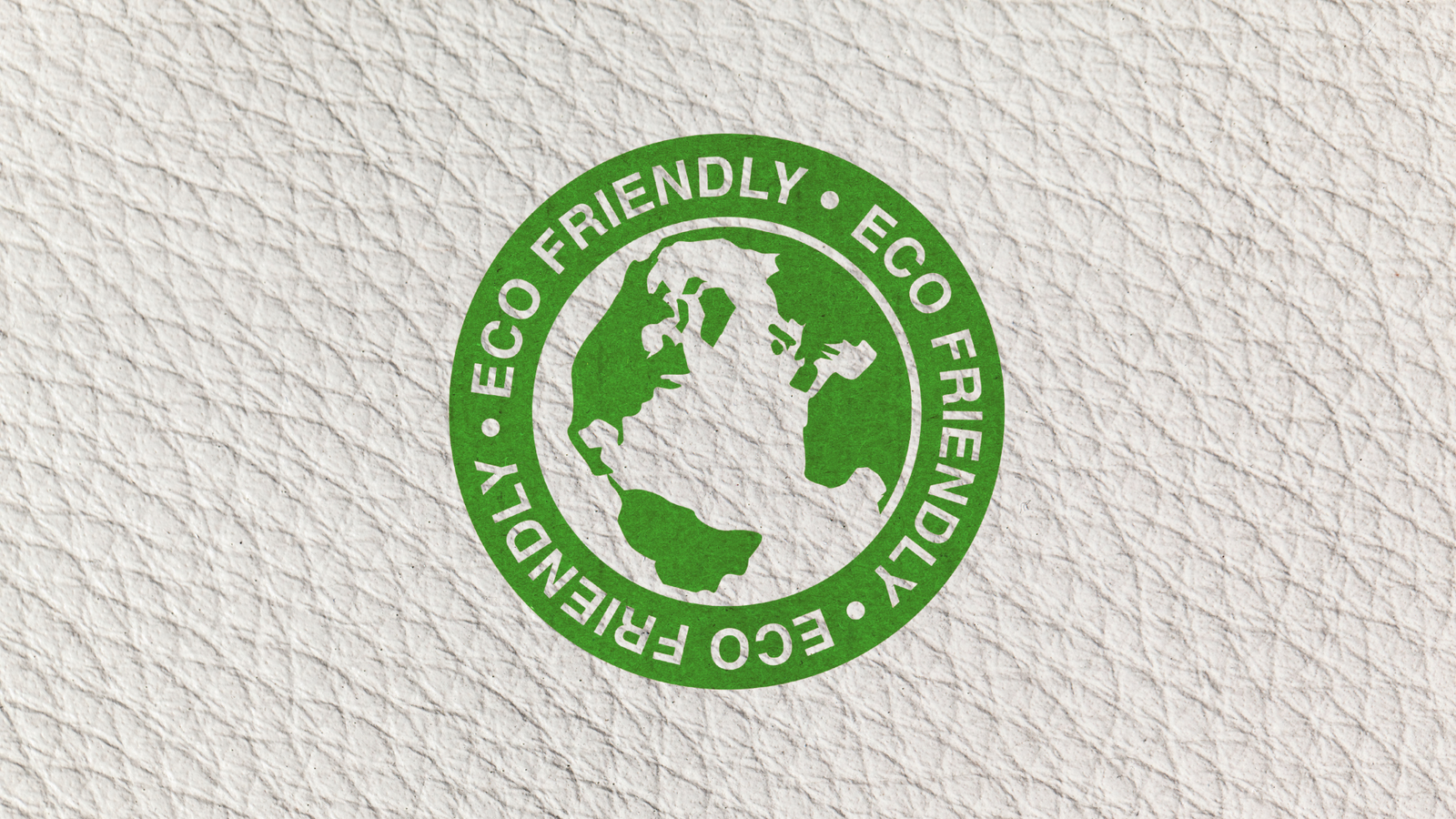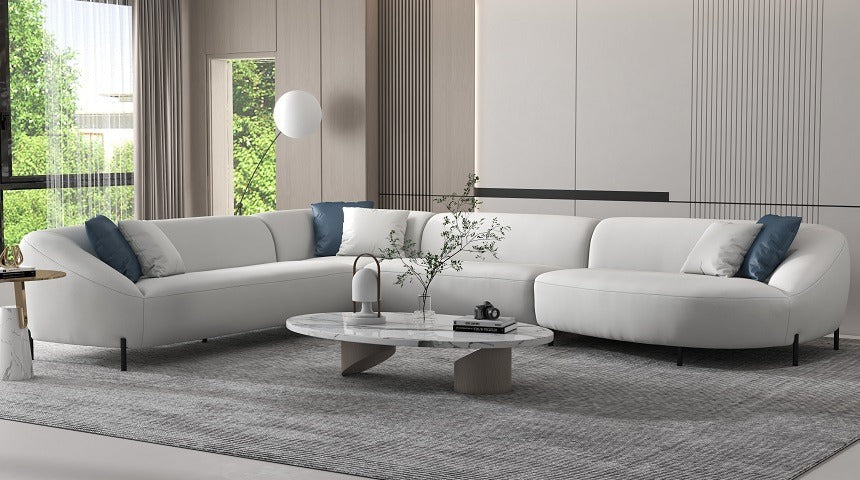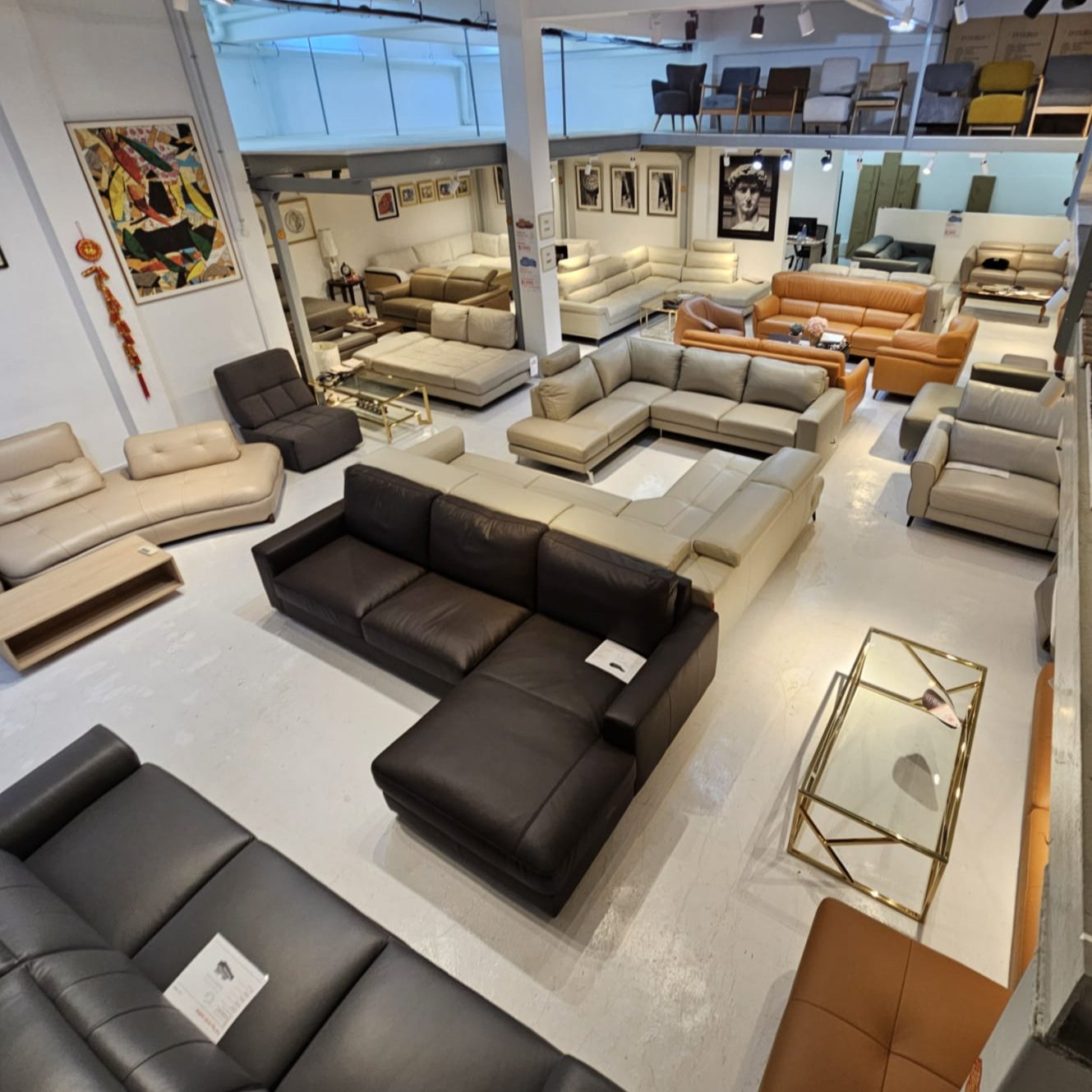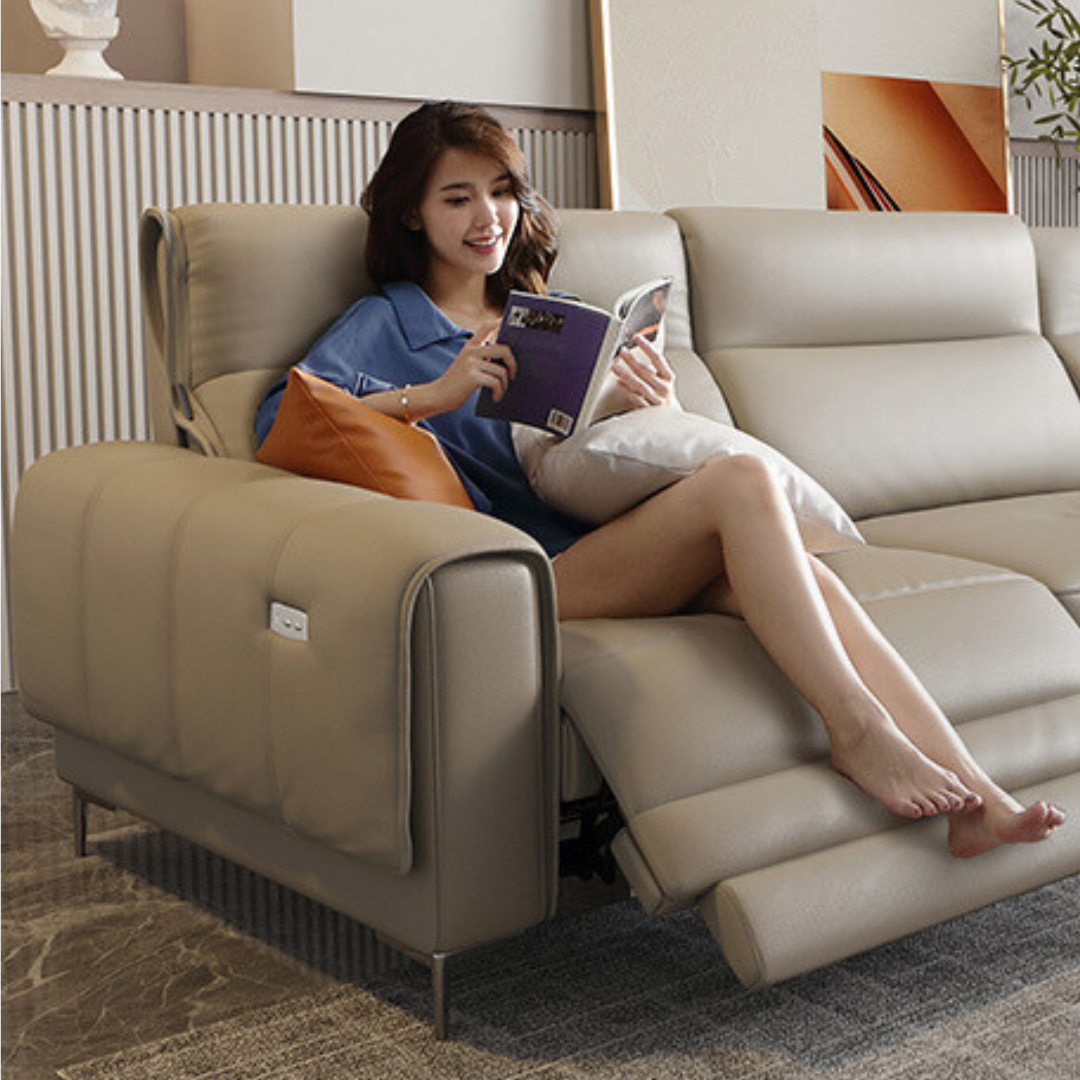When considering sustainable furniture options, real leather sofas stand out as an eco-friendly choice, particularly when sourced responsibly. From being a by-product of the livestock industry to lasting much longer than synthetic alternatives, real leather offers numerous environmental advantages. Below are ten reasons why real leather sofas are a greener option.
#1. Leather is a By-Product of the Livestock Industry
One of the key reasons real leather is eco-friendly is that it is a natural by-product of the livestock industry. Rather than letting hides go to waste, leather transforms this material into durable, long-lasting furniture. This minimizes waste and makes better use of resources already being produced for meat and dairy consumption, ensuring that more value is derived from each animal raised.

#2. Regenerative Grazing Practices Reduce Environmental Impact
Many leather sources now come from regenerative livestock farms. These farms use sustainable grazing techniques that improve soil health, sequester carbon, and prevent land degradation. By supporting these farming practices, the leather industry helps enhance ecosystems, reduce carbon emissions, and create healthier grazing lands. The positive environmental impact of regenerative grazing ensures that leather production can be part of a sustainable agricultural system.

#3. Advancements in Sustainable Tanning Technologies
In the past, leather tanning was a chemical-intensive process. However, modern tanning technologies are reducing environmental impacts significantly. Vegetable tanning and water-based tanning processes use fewer harmful chemicals and less water, ensuring leather production is more sustainable. These new technologies reduce the use of toxic substances and decrease the environmental footprint of leather processing.
#4. Real Leather is Biodegradable
Unlike synthetic materials such as PU leather, which are made from petroleum-based plastics, real leather is biodegradable. When it eventually reaches the end of its life cycle, real leather breaks down naturally, leaving a smaller environmental footprint and contributing less to landfill waste. This is a significant advantage over synthetic materials, which can take hundreds of years to decompose.
#5. Eco-Friendly Leather Sofas Reduce Plastic Pollution
Choosing real leather over PU leather helps reduce plastic usage in the furniture industry. PU leather is a synthetic material made from plastic, which contributes to plastic pollution and the growing problem of microplastics in the environment. Real leather avoids these issues entirely, offering a more environmentally responsible alternative.
#6. Eco-Friendly Leather Sofas Release Less Microplastics
PU leather and other synthetic materials often release microplastics into the environment as they degrade. These microplastics find their way into oceans, rivers, and the food chain, causing significant ecological harm. Real leather does not break down into microplastics, making it a much more environmentally friendly choice in the long term.

#7. Real Leather Lasts Longer Than PU Leather
Real leather is known for its durability, often lasting decades with proper care. This reduces the need for frequent replacement, cutting down on the resources and energy required to manufacture new furniture. A real leather sofa can outlast several PU leather sofas, leading to less waste and a lower environmental footprint over time.
#8. Fewer Toxins in the Production Process
While traditional leather tanning involved heavy chemicals, newer methods are more environmentally friendly. Vegetable tanning, for example, uses natural tannins from plant sources like bark and leaves, reducing the reliance on toxic chemicals and making the process safer for both the environment and workers. This ensures that real leather production becomes a cleaner and more sustainable process.
#9. Less Waste Ends Up in Landfills
Real leather’s durability and biodegradability mean that fewer sofas end up in landfills. Because real leather decomposes naturally, it has a much smaller impact compared to synthetic materials, which can take hundreds of years to break down. This means less waste overall and a more sustainable lifecycle for the product.

#10. Leather Has a Smaller Carbon Footprint Over Time
While the initial carbon footprint of producing leather may be higher than that of PU leather, its long-term benefits outweigh this. Real leather lasts much longer, reducing the need for new materials and production cycles. Over time, the durability and natural qualities of leather contribute to a smaller overall carbon footprint, as fewer resources are needed to replace it compared to synthetic alternatives.
Conclusion
Real leather sofas offer numerous eco-friendly advantages. By using leather as a by-product of the livestock industry, especially from regenerative farms, we minimize waste and support sustainable agricultural practices. With advancements in tanning technology, biodegradable properties, and less reliance on plastic-based materials, real leather is a durable and sustainable choice for environmentally conscious consumers.














